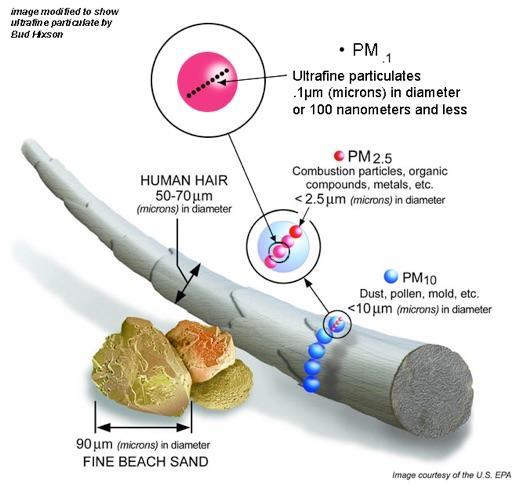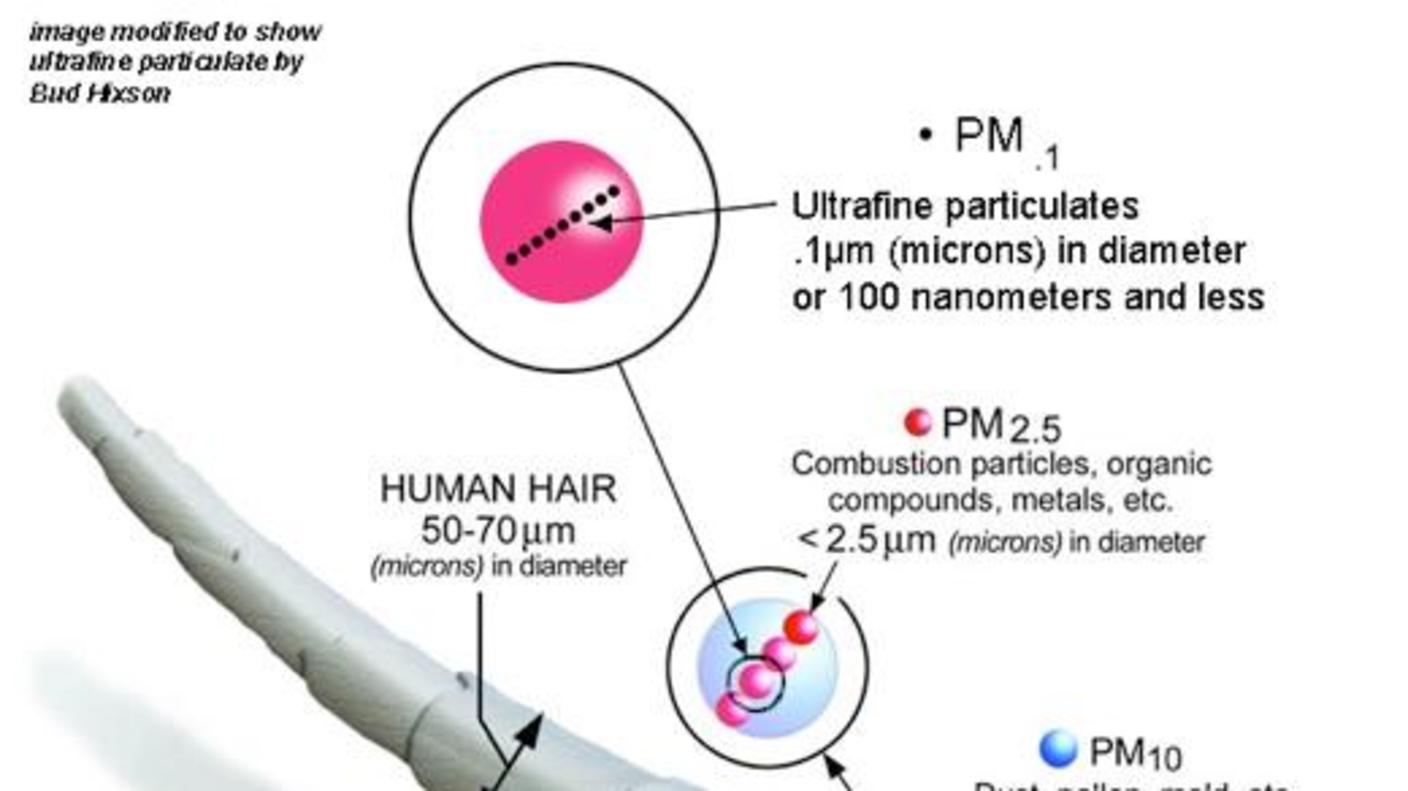Overview
Exposure to ambient outdoor air pollution is associated with many adverse health outcomes, including cancer. While most lung cancers can be attributed to smoking, 25 percent occur in never smokers. Investigators in DCEG are evaluating exposures other than tobacco that may contribute to lung cancer in these individuals, including-term exposure to the various components that make up traffic-related air pollution.
Learn more about research on air pollutants in DCEG, including:
- Sherlock lung, an investigation of molecular signatures in lung tumors of never smokers;
- Indoor Air Pollution and Lung Cancer Risk in China
- Outdoor Air Pollution
Background & Purpose
The International Agency for Research on Cancer has classified ambient outdoor pollution, including fine particulate matter (PM2.5, aerodynamic diameter <2.5µm) as a Group 1 human carcinogen. Most of the epidemiologic evidence supporting this classification was from studies showing an association between PM2.5 and lung cancer. Associations for other traffic-related pollutants such as nitrogen dioxide (NO2) are more mixed. There are few studies of ultrafine particulate matter (UFP, <100nm) and cancer. UFP is an unregulated pollutant with unique physiochemical properties that suggest it may be more toxic than larger particles.
Exposure to traffic-related air pollutants is ubiquitous. OEEB investigators are evaluating the association between long-term exposure to these contaminants and risk of cancer.
For more information, contact Dr. Rena Jones.
Occupational and Environmental Epidemiology Branch - Research Areas
Studies of Fine Particulate Matter and Lung Cancer
While PM2.5 is an established lung carcinogen, a growing body of research indicates it may also increase the risk of other cancers. To improve understanding of cancer risks associated with this common outdoor air pollutant, OEEB investigators are studying the relationships between PM2.5 and other traffic-related pollutants in relation to a number of other cancer sites, including breast, liver, and lymphohematopoietic malignancies.
Several cohort studies have collected data including well-characterized exposures and details on tumor histology and other disease characteristics, including the NIH-AARP Diet & Health Study and the Prostate, Lung, Colorectal, and Ovarian Cancer Screening Trial cohort.
Select Findings: PM2.5 and Cancer in the NIH-AARP Cohort
OEEB investigators observed an 8% increase in breast cancer risk among women living in areas with the highest estimated PM2.5 concentrations outside the home. The association was evident for estrogen-receptor-positive but not estrogen-receptor-negative cancers.
- White AJ et al. Ambient fine particulate matter and breast cancer incidence in a large prospective US cohort. JNCI. 2023.
Ultrafine PM and Lung Cancer Risk: The Los Angeles Ultrafines Study
The Los Angeles Ultrafines Study is a prospective cohort comprised of NIH-AARP Diet and Health Study participants living in the Los Angeles Basin. The primary aim of the study is to investigate the association between ultrafine particulate matter and risk of lung cancer. The study is led by OEEB in collaboration with investigators at the University of Southern California, Utrecht University, and the University of Washington.
The study population has several important features needed to evaluate this etiologic relationship, including substantial regional variation in PM concentrations, large numbers of lung cancer cases, and data on smoking and residential histories. A comprehensive retrospective exposure assessment draws upon some of the only historical UFP data available, supplemented by a mobile ambient monitoring campaign and land use regression model in Los Angeles and surrounding counties.
Select findings from the Los Angeles Ultrafines Study
Investigators observed a modest association for lung cancer overall and an increased risk of adenocarcinoma among men, but not women. This association was evident in never and former smokers but not among current smokers. They also found that risk was increased in male participants who were oldest at the time of study enrollment, suggesting that higher historical exposures are relevant to this observed relationship.
Jones RR et al. Outdoor ultrafine particulate matter and risk of lung cancer in Southern California. Am J Respir Crit Care Med. 2023.
Medgyesi DN et al. Evaluation of a commercial database to estimate residence histories in the Los Angeles Ultrafines study. Environ Res. 2021.
Jones RR et al. Land use regression models for ultrafine particles, fine particles, and black carbon in Southern California. Sci Total Environ. 2020.


